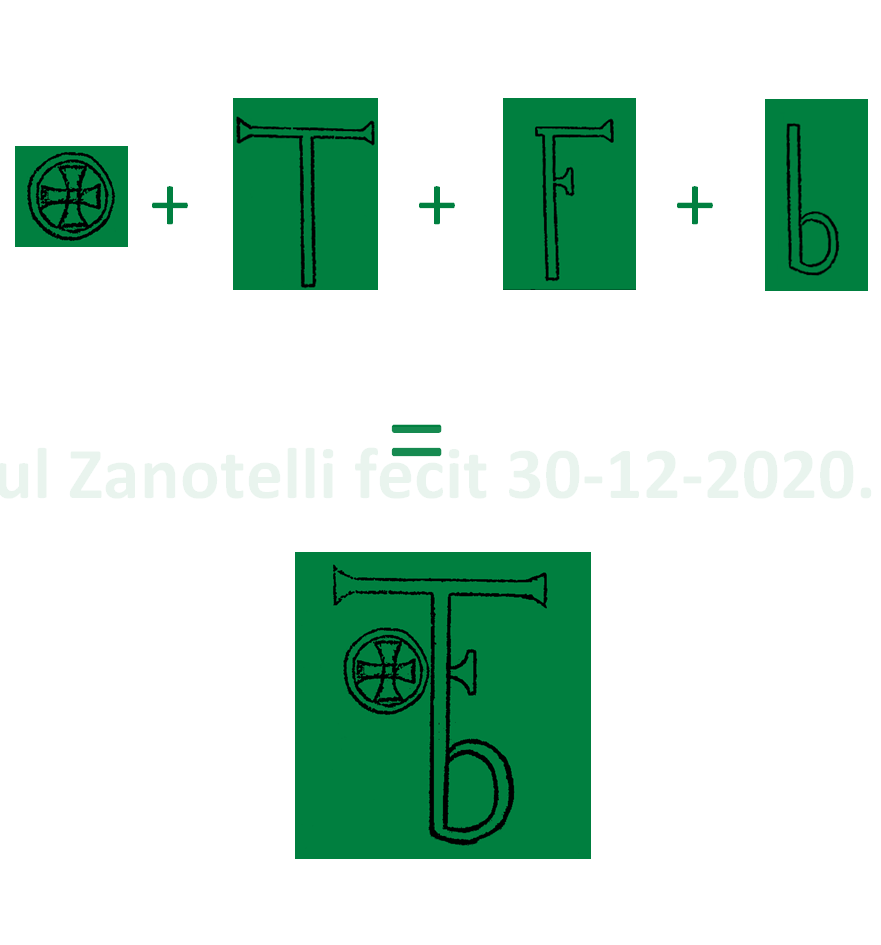
Fac bonum, a sigil (most probably misattributed to Pope Leo III) for the years ahead?
As 2020 brought fear, misery and death to billions with regard to the first two and to at least several hundred thousand people for the last, it is absolutely crucial to understand that this was because some very evil forces were particularly active this year. Unless a massive shift in awareness occurs in the minds of the many inhabitants of this planet over the next few weeks and months, I believe that evil is likely to gain in strength and thus continue to have the upper hand, with, in such a case, more anguish, pain and tears logically being the lot for most humans.
